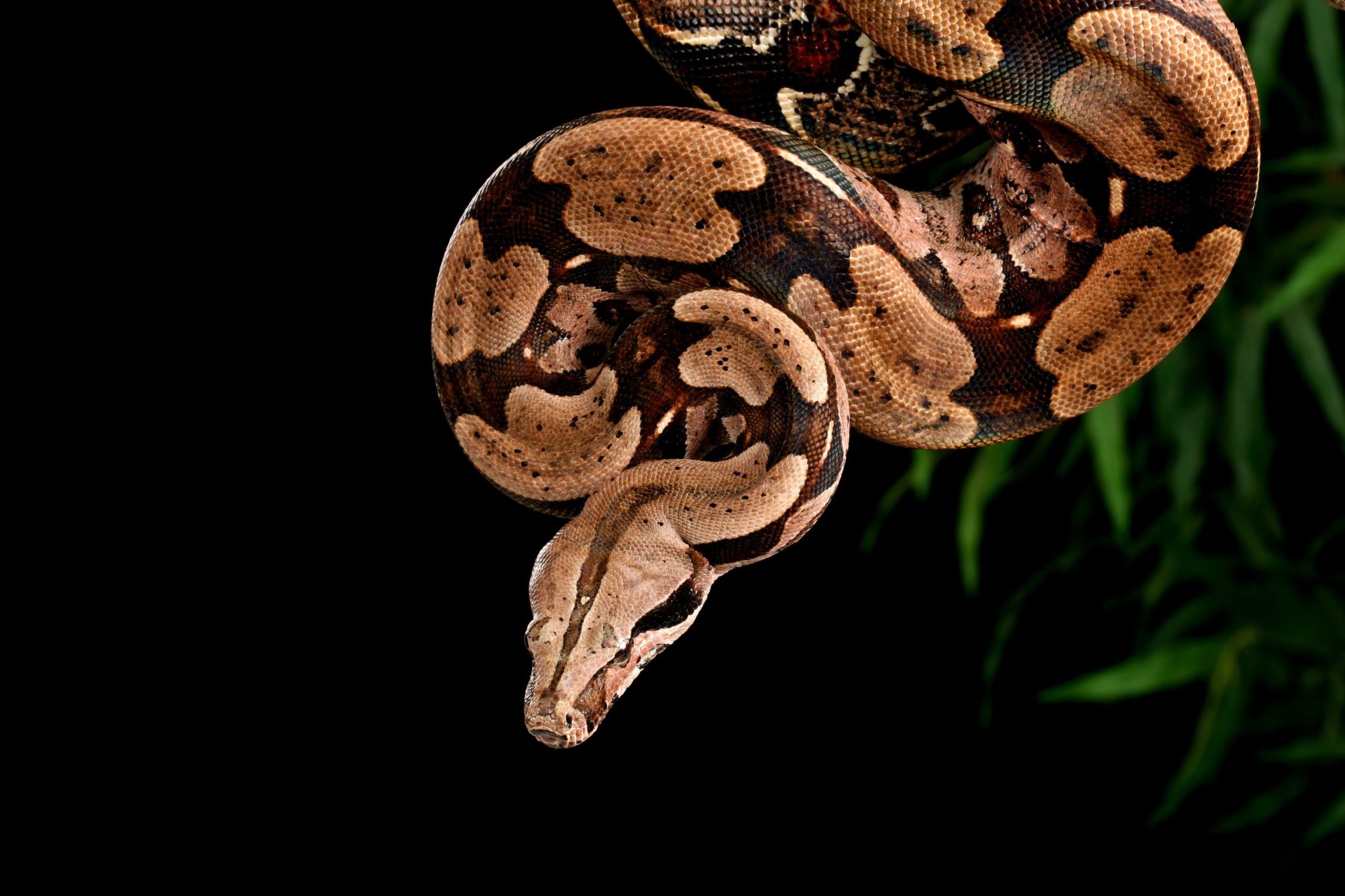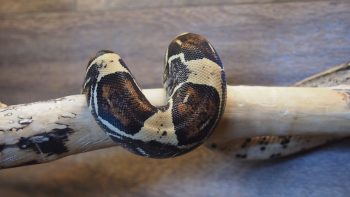

Snakes will regularly shed their skin if old pieces of skin remain after shedding, mist the snake and gently rub off the old skin.īecause all boas are potential carriers of infectious diseases and salmonella, always wash your hands before and after handling your boa and/or the habitat contents to help prevent the potential of spread of diseases. Dry the enclosure/furnishings and add clean substrate.Scrub the tank and furnishings with a 3% bleach solution, rinse thoroughly with water, removing all smell of bleach. Thoroughly clean the tank at least once a month.Clean out water dish and replace water daily.Snakes will remain quiet in the hiding area or coiled up for long periods of time they should display an alert demeanour when disturbed. Snakes search their habitat when hungry, appearing alert and even restless appetite may diminish during winter months. Water - Provide a bowl of fresh, clean, chlorine-free water large enough for the snake to soak in.ĭo not house different species of reptiles together.Īs the snake prepares to shed, their eyes will turn a milky blue over the course of a few days and their body colour will begin to dull and develop a whitish sheen.

Lighting - Snakes need a photo period light cycle provide 8-12 hours of light daily do not leave white light on at all times to view snakes at night use a black or infrared light. These are down to personal preference and all should be used with the appropriate Thermostats to control the temperature and avoid overheating. To achieve these temperatures several heating devices can be used such as:. There should be a basking spot at the hot end which should fall between 90-95° Fahrenheit.Ī night time drop in temperature is not required but if it does occur then the ambient temperature should not be allowed to fall below 75° Fahrenheit. Temperature - The ambient temperature should fall between 80-85° Fahrenheit with the cool end towards the lower end of this but not falling below 75° Fahrenheit. Habitat - Provide a hiding area large enough for snake to fit inside and a branch or shelf to climb on. Substrate - Aspen shavings, mulch-type commercial material, unbleached paper towels, newspaper or bark. Neonate Boas are best kept in small tubs with secure hides as they may go off feeding if they feel insecure. Size - An adult Boa can be housed in a 4-5ft x 2ft vivarium although a bigger vivarium may be needed for the larger specimens. This however is rarely seen.įrozen-thawed, appropriately sized rodents warmed to room temperatureįeed neonates and juveniles once a week, sub-adults every 10-14 days and adult snakes every 2-3 weeks to avoid becoming overweight. It is rare for Common Boas to reach over 9ft but it has been documented that some have reached around 10-12 ft. Generally Common Boas reach between 5-9 ft, with females being typically larger than males. Latin name: Boa constrictor imperator (BCI) Size


 0 kommentar(er)
0 kommentar(er)
